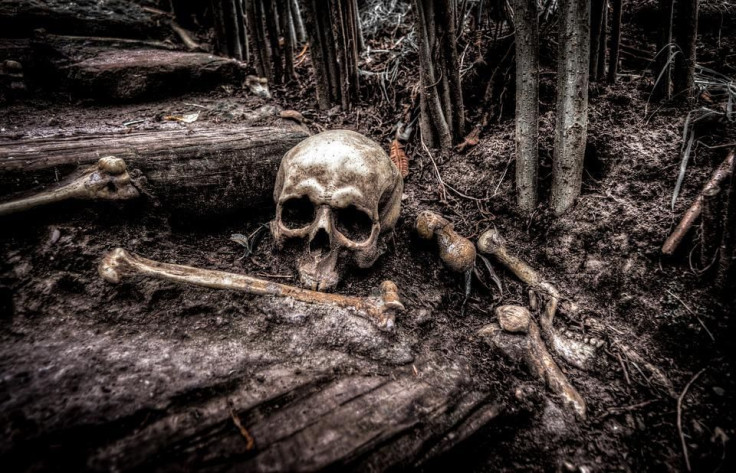A 17th-century female vampire is believed to have been discovered by researchers in Bydgoszcz, Poland. A team of archeologists from the Nicholas Copernicus University recently dug up the remains of a female skeleton in the village of Pien in the southeastern region with a sickle over its neck and a padlock attached to the big toe of the left foot.
The head of the research team, Professor Dariusz Polinski said their extraordinary find is reminiscent of anti-witchcraft practice used hundreds of years ago by people who were fearful of the dead coming back to life. The sickle and the padlock were a means to keep the dead woman from returning to mortality and turning into an “undead” beast. One member of the expedition, Magdalena Zagrodzka remarked that there has never been such a find like this in all of recorded archeologic research.
According to Mirror, upon further analysis of the woman’s skeletal remains, archeologists observed a protruding tooth at the front part of her mouth. In the 17th century, this was believed to be evidence that a person that thrived in sucking blood from victims. The manner in which the woman was buried presented strong indications that it was recognized as an anti-vampire burial.
"The sickle was not laid flat but placed on the neck in such a way that if the deceased had tried to get up most likely the head would have been cut off or injured,” Polinski said.
Moreover, the professor also explained that there are various ways 17th-century people protected themselves from the return of the dead such as severing the head from the body or the legs - sometimes even both while others also would place the dead facing down to bite the ground, Frist News wrote Burning the deceased was considered an effective way besides the Hollywood version of driving a stake through the heart.
Polinski added that the padlocked big toe was likely a symbol of the “closing of a stage and the impossibility of returning."
Further examination of the skeleton had researchers concluding the remains were that of someone who held a high social status based on the silk cap found on her head. Silk was a very expensive commodity at the time.
Between 2005 and 2009, archeologists have been exploring Bydgoszcz. They returned this year but decided to shift their efforts into a nearby 17th-century cemetery that was in ruins and found the creepy grave. The skeletal remains will be taken back to the University for further examination.





